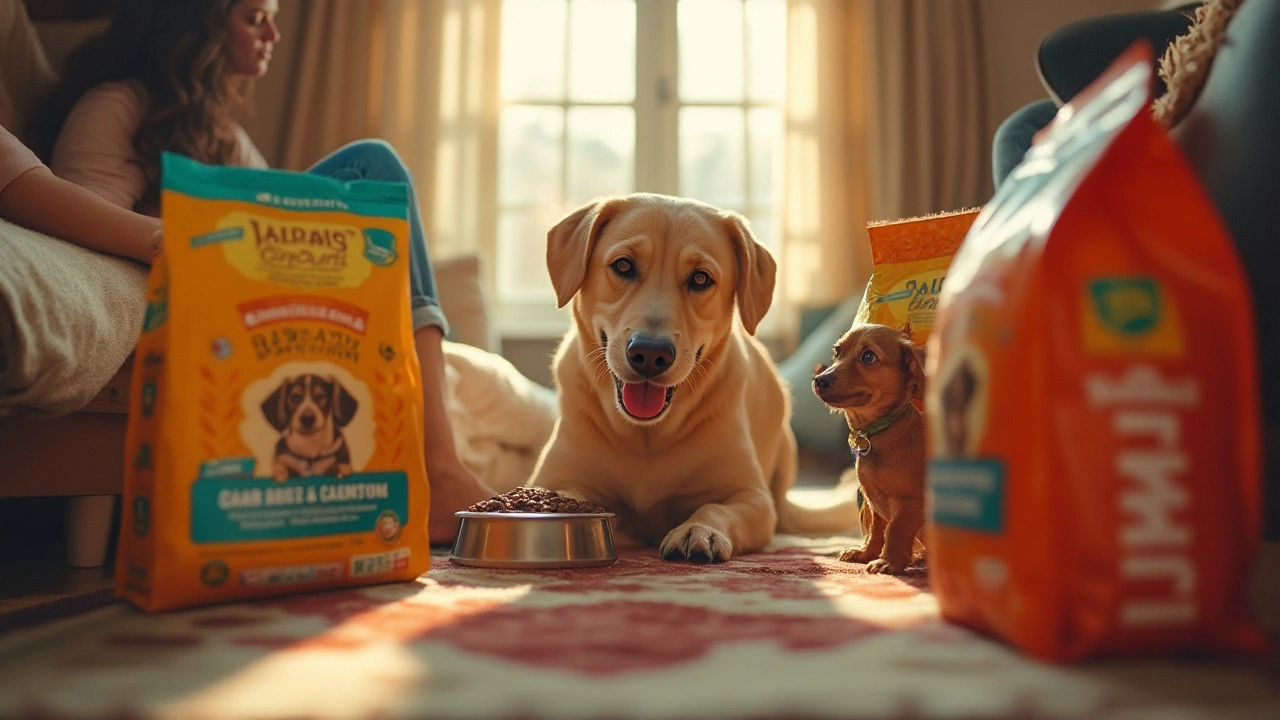Dog Diet Basics: Keep Your Pup Healthy
Feeding your dog the right food is one of the biggest things you can do for its health. The right diet gives energy, supports joints, and helps avoid vet trips. Below you’ll get straight‑forward advice you can use today.
Choosing the Right Food
First, look at the label. High‑quality dog food lists a real meat source as the first ingredient. Avoid lots of fillers like corn or wheat if you can. If your dog has allergies, try a limited‑ingredient formula or a novel protein such as duck or salmon.
Dry kibble is convenient and cheap, but it can be high in carbs. Wet food adds moisture and often contains more animal protein, which many dogs love. A mix of both can give balance – dry for dental health and wet for hydration.
When you compare brands, check for an AAFCO statement. That means the food meets basic nutrition standards. Look for recent recalls and read reviews from other owners. You don’t need the most expensive brand, but cheap food that skips proper nutrients can cause problems later.
Feeding Schedule & Portion Control
Most adult dogs do well with two meals a day. Puppies need three to four smaller meals because their stomachs are tiny. Stick to the same times each day – dogs thrive on routine.
Portion size depends on weight, activity level, and age. Use the feeding guide on the bag as a starting point, then adjust. If your dog is gaining weight, cut back a little. If it’s losing weight or seems hungry all the time, add a bit.
Measure food with a scoop or kitchen scale. Hand‑filled bowls look tidy but often lead to over‑feeding. Keep treats to less than 10% of daily calories – a couple of small pieces after training is fine.
Don’t forget fresh water. Dogs on dry food need more water, so keep bowls clean and refilled. If you add wet food, you can reduce the water you serve, but always have a bowl available.
Finally, watch your dog’s coat, stool, and energy. A shiny coat and firm stools usually mean the diet is working. Dull fur or loose poop could be a sign to switch foods or talk to a vet.
With these simple steps – picking a real‑meat food, balancing dry and wet, feeding on a schedule, and watching portions – you’ll give your dog a solid foundation for a long, happy life. Keep experimenting a little, but stay consistent, and you’ll see the results.

Is Blue Buffalo Dog Food Really Bad?
Blue Buffalo is a popular dog food brand praised for its natural ingredients, but it isn't free from controversy. With concerns over ingredient sourcing, recalls, and lawsuits, pet owners wonder if it's the best choice for their furry friends. This article explores the pros and cons, providing facts and tips to help you decide if Blue Buffalo fits your dog's nutritional needs. Discover what makes this brand tick and determine whether it's worth a spot in your pup's bowl.
read more
Purina vs IAMS: Finding the Best Dog Food for Your Pet
Choosing the right dog food brand is crucial for your pet's health. Between Purina and IAMS, both offer diverse options tailored to specific dietary needs. This article explores their nutritional values, ingredient quality, and customer reviews. It offers insights into making an informed decision for your furry friend's well-being.
read more



